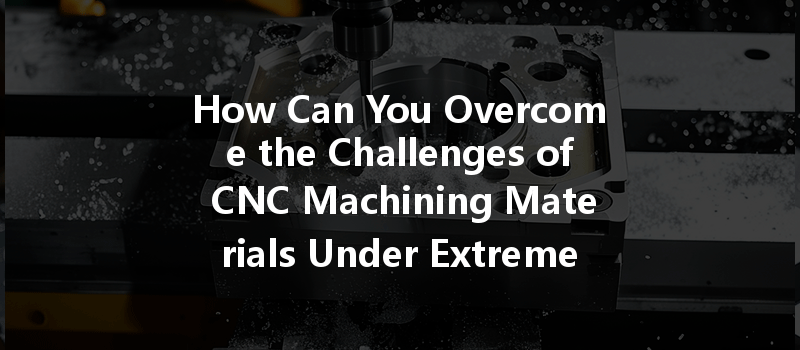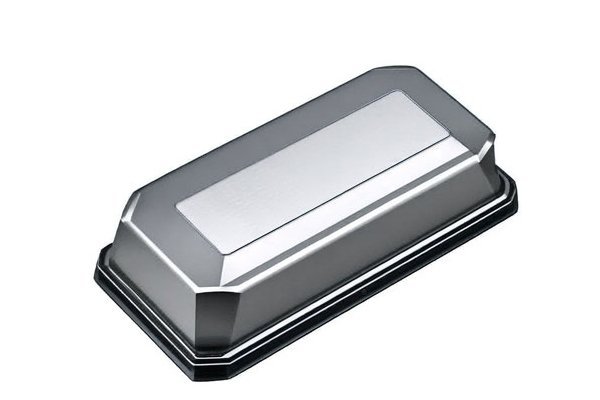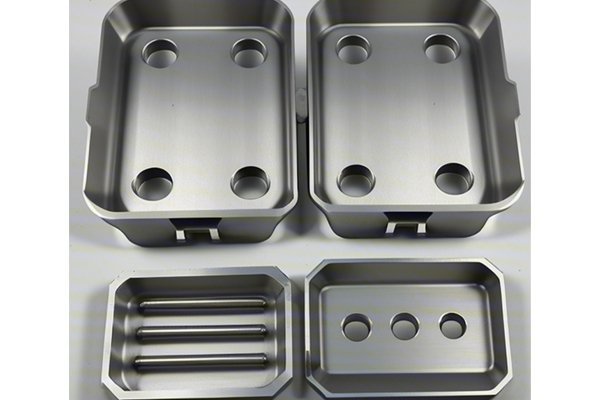Did you know that nearly 70% of engineers reported that high temperatures during machining significantly affect the performance and lifespan of both equipment and materials? This statistic emphasizes a critical issue facing many manufacturers today—how to manage the challenges presented by extreme temperature conditions in CNC machining.
As industries demand higher precision and efficiency, the challenges posed by temperature fluctuations during the CNC machining process have risen to the forefront of metallurgy and engineering discussions. Whether it’s aerospace, automotive, or even medical equipment manufacturing, understanding how to deal with the effects of extreme temperatures can drastically alter manufacturing outcomes. In this comprehensive blog, readers will learn about the causes of challenges in CNC machining materials, the solutions available, and best practices for overcoming these issues.
Understanding the Challenges of CNC Machining at Extreme Temperatures
Extreme temperatures, both high and low, can lead to several adverse effects on CNC machining processes and the materials used. Here, we’ll outline the primary challenges:
Solutions to Overcome CNC Machining Challenges
While the challenges may seem daunting, there are several strategies that manufacturers can employ to manage the impact of extreme temperatures effectively.
The first step in effectively managing machining in extreme temperatures is material selection. Not all materials are created equal when it comes to heat resistance. Here are some materials that showcase high-temperature stability:
Choosing the right materials ensures that the components can endure the machining processes without significant deformation or failure.
The type and design of the machining tools directly influence performance at extreme temperatures. Here’s how to optimize tooling:

Proper cooling during CNC machining is fundamental in counteracting the adverse effects of extreme temperatures. Effective cooling strategies include:
Modifying process parameters can greatly influence how materials behave under heat. Follow these tips:
Maintaining a consistent temperature within a machining environment is vital. Consider implementing:
In conclusion, overcoming the challenges of CNC machining materials under extreme temperatures demands a multi-faceted approach that encompasses careful material selection, tooling optimization, effective cooling strategies, process parameter adjustments, and environmental control. Understanding these strategies not only enhances the quality of machined products but also improves operational efficiency and cost-effectiveness.
As industries continue to evolve and push for higher precision products, addressing temperature challenges in CNC machining remains critical. For engineers, machinists, and manufacturers alike, considering these technological insights is crucial for long-term success and innovation in machining applications. By applying these techniques, you can ensure that your machinery operates at peak performance, even in the most extreme conditions—making it a topic worth deep consideration in today’s manufacturing environment.
This blog aims to keep you informed about crucial developments in CNC machining technology, encouraging you to adapt and optimize your processes accordingly. Every decision counts—make yours count towards overcoming the thermal challenges in CNC machining!






